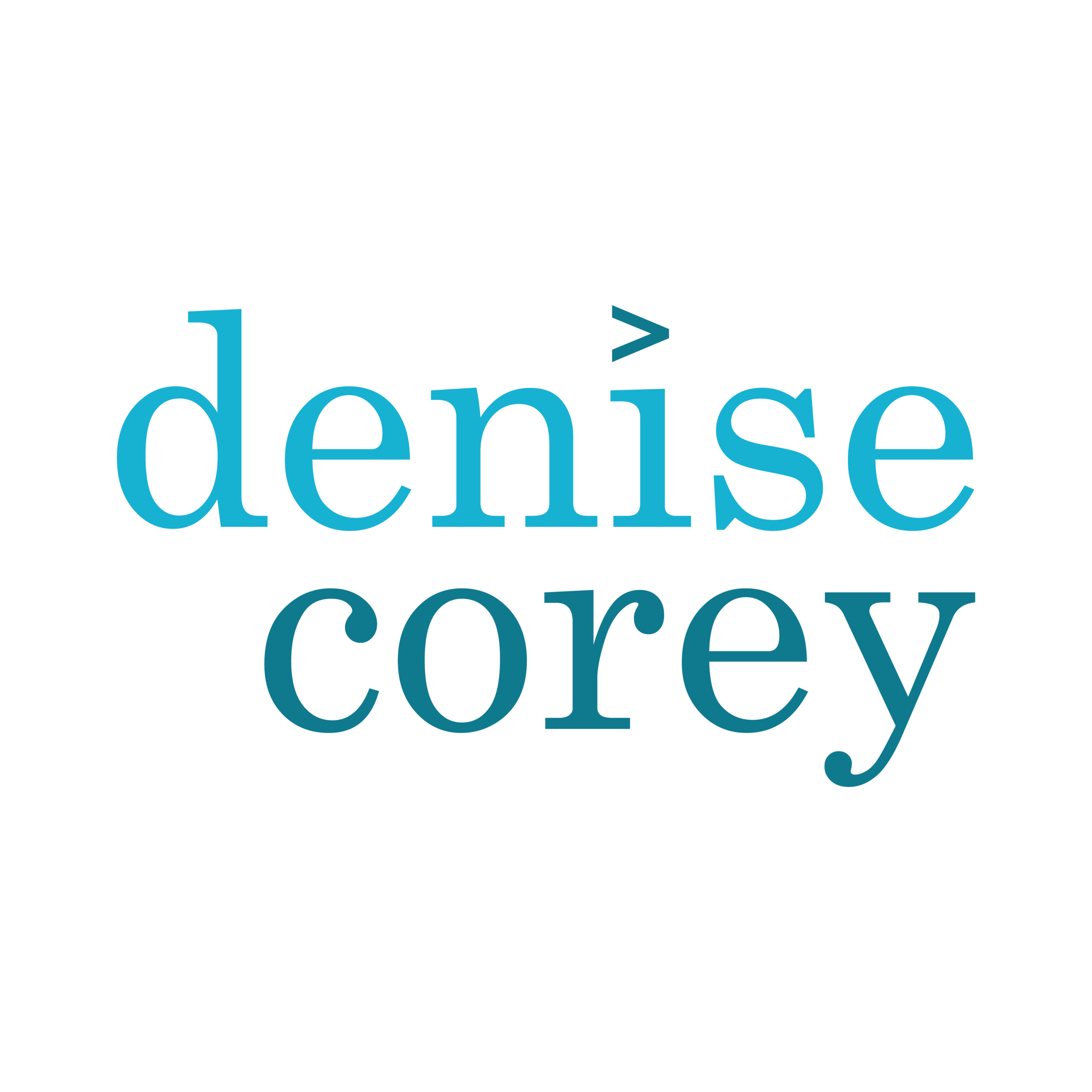Welcome to the beginning of your journey to your new career! I’m proud of you for taking this first step towards figuring out what you want for your future.
Below are three exercises. All together, it should take you about two hours to work through this self-inventory— if you’re really committed to doing a good job. Take your time. Go through them with an open mind and honesty. You do not have to complete all the prompts in one session. It is entirely OK to start, walk away, and come back at any point. The more you have put into these prompts, the more you will get more out of our next meeting.
The Gallup Q12 Poll
The Gallup Company conducted ten of thousands of interviews and, from those interviews, created a list of 12 yes/no questions. Employees who answer yes to most of the questions exhibit a high degree of workplace engagement— they are involved in, enthusiastic about and committed to their work and workplace.
Take a few minutes to take the survey. The results will help you see what is going well for you at work and where you are struggling.
…
You’re back! As you reflect on your answers, what stands out to you? What is working for you at work, and what isn’t?
What are the top three things that you need but aren’t getting at work?
You might find Ann Hiatt’s Harvard Business Review article, How to Figure Out What You Want in Your Next Career useful. It certainly made me think about what is important and what I want from work.
Designing Your Work Life
You now have more clarity about what is missing at work. You know what you need to be more productive, effective and satisfied. But there is still more to learn!
What do you want more of? What gives your energy and engagement?
Designing Your Work Life, by the same authors as the groundbreaking Designing Your Life, offers a simple exercise to help you capture this information. Download the worksheet, or use the page in the book.
Stop at five random times each day for the next week. (You can set alarms or reminders on your phone if you’re worried that you will forget.)
Notice what you are doing at that moment, and use the worksheet to record your “temperature.” Note what you're doing, what time it is, where you're doing it, and then measure how much energy that task gives you and how engaged you are. (For this exercise, think about low engagement as when you feel bored, restless, or unhappy; high engagement is when you feel excited and focused.)
This exercise really enlightens my clients and helps them see what energizes and engages them, and this insight is the beginning of figuring out what kind of changes they want to make in the career.
Gather Information
What do others see you do well? Where do you have room to grow? We can be blind to our own strengths and weaknesses, both because we forget all the things we know and because many of us are trained to be modest. This step of asking others to help you reflect on yourself takes courage, but it’s really important.
With that information in hand, you are ready to turn to Marc Effron’s “A Simple Way to Map out Your Career Ambitions,” in the Harvard Business Review. It offers a thoughtful summary of the process of defining your career ambitions and provides some solid advice about how to find your way towards your professional goals. Effron cites a study that argues that 70% of professional growth comes from work experience, 20% from interactions with colleagues, and 10% from formal education.
Now, reflect on the following two prompts:
From/to: In Effron’s words, “We often think we’re starting far ahead of where we objectively are and that we’ve arrived when we’re still hundreds of miles from our goal.” You need an accurate starting point in order to create an accurate route to your destination, and it makes sense to really dig in and harvest as much from your current job as you can. How do your colleagues see you? How would they write our from? (We’re usually pleasantly surprised by our colleagues’ perceptions of our contributions.)
Start a personal experience map by taking some time to notice what you've learned on the job so far— that 70% of your professional growth. Catalog your functional (or, as Effron calls it, “life-cycle”) experiences. Catalog your management experiences. Be thorough.

